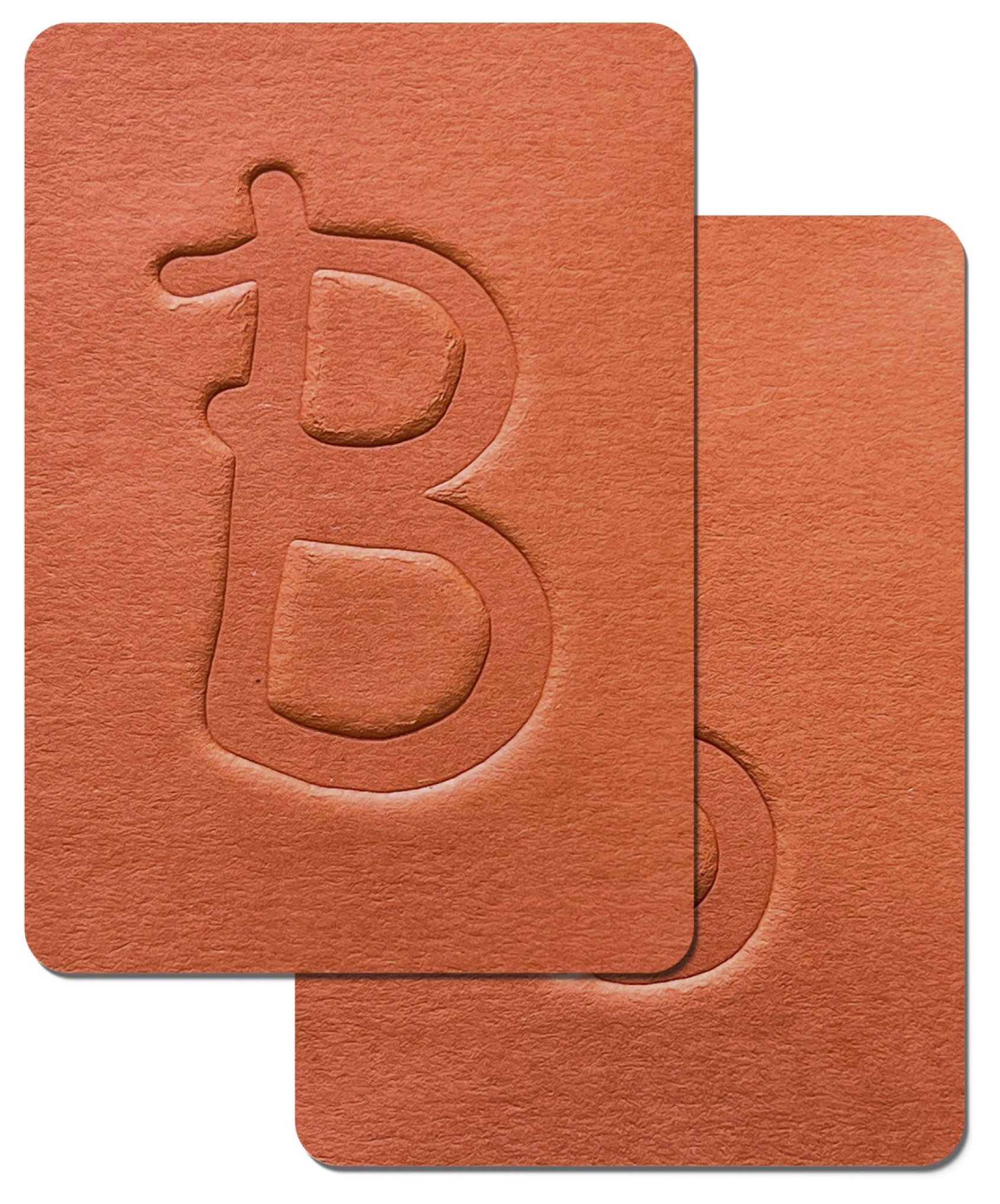Fidget:
“a typeface representing ADHD kids”
“Fidget” represents the essential activity which children with attention-deficit hyperactivity disorder(ADHD) need to do to be able to focus and learn in school. ADHD children are often characterised as inattentive, hyperactive, and unfocused due to their unique brain activity. Often, in a classroom situation, they are singled out by teachers as being naughty when they cannot help but fidget. Thus, movement or fidgeting is necessary for these children to enable their brains to filter out extra sensory information, allowing them to pay attention and keep focused on school tasks.
Typeface narrative:
The "Fidget" typeface was designed by an ADHD individual who used Play-Doh to express the freedom of movement and fidgeting within the font. The typeface is created in a way to incorporate the aspect of learning through play. Each letterform's instant fluctuation and crookedness communicates the message of evident ADHD symptoms such as hyperactivity and inability to stay still or ordinary.
The School Toolkit for children with (ADHD) attention-deficit hyperactivity disorder consists of the following items:
-
The type specimen booklet is an A6 book printed on silk 250gsm paper and bound with white wire. It describes the typeface's narrative and gives the readers a general idea of its usage and benefits.
> scroll down to see it
-
The embossed cards consist of the upper and lower alphabet cases. It is a 300gsm card paper embossed with thin acrylic laser cutouts and rounded corners. It communicates the sense of touch and allows ADHD kids to follow the shape whilst reading and learning.
> scroll down to see it
-
The illustration cards are hand-drawn quick sketches representing each alphabet letter. The fast scribbles express what goes on in the minds of ADHD kids. It is printed on 300gsm silk paper with rounded corners.
> scroll down to see it
-
The alphabet tracing booklet is a simple 200gsm silk paper staple bound. It helps children to practise their alphabet and learn new vocabulary words with each letter.
> scroll down to see it
-
The process book is a summary of the entire final major project, explaining every step, every mistake, every problem, every solution, and the final outcome. It is a 200-page book printed on 150gsm silk paper, hand-sawn using thick thread to express the book's main message, "fidget! Busy hands equal a happy brain."
> scroll down to see it
busy hands
equals
a happy brain
"
busy hands equals a happy brain "
“Children learn as they play. More importantly, in play, children learn how to learn. Imagination is more important than knowledge.”
— O. Fred Donaldson
Learning through play is a term used in education and psychology to describe how a child can learn to make sense of the world around them. Through play, children can develop social and cognitive skills, mature emotionally, and gain the self-confidence to engage in new experiences and environments. It can help young children be ready for school, encourage their imagination and help them with literacy and numeracy skills. Role play games help a child make sense of the world and aid in their emotional and physical development.
Play-Doh has immense learning potential. It strengthens fingers in preparation for a lifetime of writing; it teaches fine motor skills, creativity, and hand-eye coordination. Children with ADHD tend to be very imaginative and free; thus, Play-Doh is the best fidget material that allows them to explore their creativity with no rules whatsoever. I chose to design my typeface using a child's toy to create a strong bond with my target audience and deliver my message in their language.
To see the full version of the toolkit: click on the images below:
Embossed UPPERCASE flashcards
Type specimen flip-book
Alphabet tracing. booklet
Illustration flashcards
Embossed LOWERCASE flashcards
“ADHD is not a learned behaviour.
ADHD is not a discipline problem.
ADHD is not being spoiled.
ADHD is not a temper tantrum.
ADHD is not a choice.
ADHD is not an excuse.
ADHD is a battle to maintain focus.
ADHD is non-discriminatory.
ADHD is a medical condition.
ADHD is a chemical imbalance.
ADHD is real. I have ADHD”







